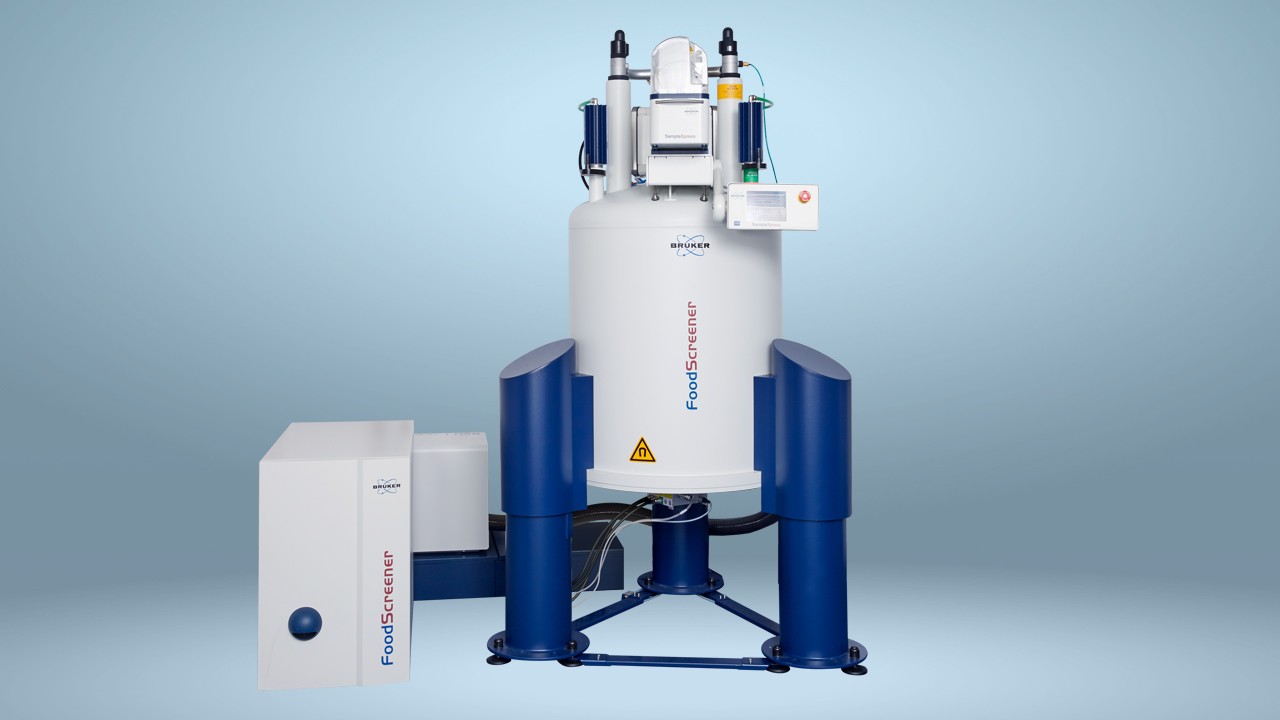

Additional Chromophores Identified in Adzuki Bean Pigment
“From their chemical structures, a glyoxylic acid-bridged catechin skeleton was suggested as a partial structure of adzuki pigments”
The red adzuki bean is associated with a number of health benefits, including slower aging, improved heart health, cancer prevention, cholesterol lowering, increased energy and increased muscle mass. Consequently, it is a popular ingredient in various traditional Chinese herbal remedies.
Many of the advantageous effects of the adzuki bean are a consequence of its high antioxidant content. Antioxidants remove highly reactive free radicals, the by-products of essential metabolic processes, thereby preventing them from causing tissue damage and inflammation.
The key components of the pigment giving the red adzuki bean its characteristic colour are polyphenols, which can confer antioxidant, antimicrobial, hypolipidaemic, and cardioprotective properties. These polyphenols include proanthocyanidins, which are oligomeric or polymeric phenolic compounds.
Interestingly, although proanthocyanidins are chemically stable they undergo modifications and conversions during the ripening period to produce colour changes in the seed coat of the adzuki bean. Proanthocyanidins are a simple catechin polymer of flavan-3-ol units, but transformations during ripening give rise to areas of irregularity.
Since the irregularity causes a change in colour, it was hypothesized that the modified proanthocyanidins must contain chromophores that have not yet been identified.
A full characterization of the pigments present in red adzuki bean seed coats has recently been undertaken to determine whether or not there are additional chromophores present in the proanthocyanidins present in adzuki bean pigment.
High-performance liquid chromatography–electron spray ionization mass spectrometry (HPLC-ESI-MS) was used to analyze the samples. Further structural analysis was conducted after thiolysis, where NMR Spectroscopy with a Bruker Biospin AVANCE III 600 spectrometer analyzed the components of the methanol extract of the adzuki bean seed coats and the extraction residue.
The spectral data showed that the methanol extract from the adzuki bean seed coats contained two types of polymeric red pigments. One was the classic simple proanthocyanidin, whereas the other was a more complicated polyphenol produced by several modifications and conversions. The two polyphenol compounds contained chromophores of different partial structure. Direct thiolysis resulted in three distinct products. One of these compounds was shown to include a glyoxylic acid-bridged catechin skeleton.
The authors proposed that this newly identified entity may represent the link to elucidating the mechanism of action of the proanthocyanidin transformation to achieve the seed coat color changes observed during ripening of the adzuki bean.
Furthermore, the compounds identified in this study may also be the components responsible for providing the bioactive properties of adzuki beans. More in-depth investigation of component of the adzuki bean pigments may help elucidate the structure–activity relationship.
References:
- Kawakami W, et al. Structural characterization of proanthocyanidins from adzuki seed coat. Food Chemistry 239 (2018) 1110–1116.


